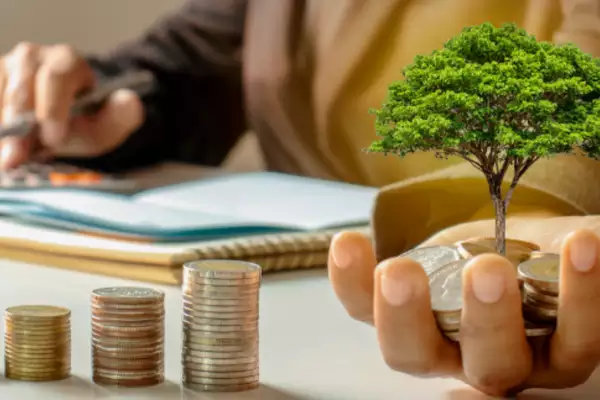The World Bank has projected a decline in India’s Gross Fixed Capital Formation (GFCF) for FY25.
About Gross Fixed Capital Formation (GFCF):
- GFCF, also called investment, refers to the acquisition of produced assets, including second-hand purchases and assets created by producers for their own use.
- It includes tangible and intangible fixed assets that are used for more than a year in producing goods and services.
- Examples include land improvements, machinery, equipment, and infrastructure projects like roads and railways.
- GFCF tracks the net increase in an economy’s fixed capital after deducting disposals during a specific period.
- Private sector GFCF indicates how much the private sector is investing in an economy, while overall GFCF includes both private and government investments.
- Fixed capital, such as machinery and infrastructure, boosts productivity, leading to higher economic growth and improved living standards.
- Developed economies like the U.S. have more fixed capital per capita compared to developing economies like India.
Ref: Source
| UPSC IAS Preparation Resources | |
| Current Affairs Analysis | Topperspedia |
| GS Shots | Simply Explained |
| Daily Flash Cards | Daily Quiz |
Frequently Asked Question:
What does Gross Fixed Capital Formation (GFCF) refer to?
GFCF refers to the acquisition of fixed assets that contribute to long-term production in an economy.
How is Gross Fixed Capital Formation calculated?
GFCF is calculated by tracking the net increase in fixed assets, subtracting disposals, during a specific period in an economy.
What is the impact of GFCF on living standards?
GFCF improves living standards by increasing productivity, leading to higher wages, better infrastructure, and improved public services.



